Appetizers
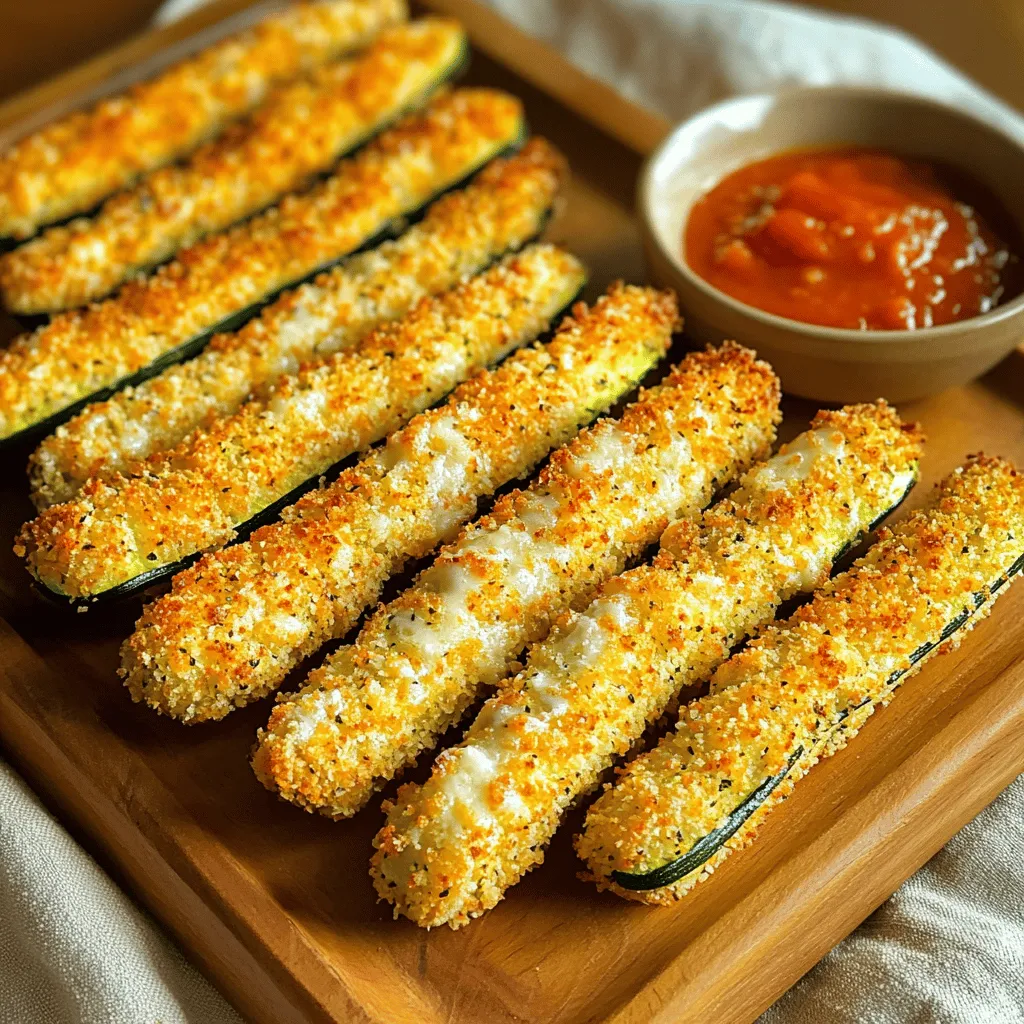
Air Fryer Parmesan Zucchini Sticks Crispy and Tasty
Craving a guilt-free snack that’s both crispy and flavorful? You’re in the right place! Air Fryer Parmesan Zucchini Sticks offer the perfect blend of crunch
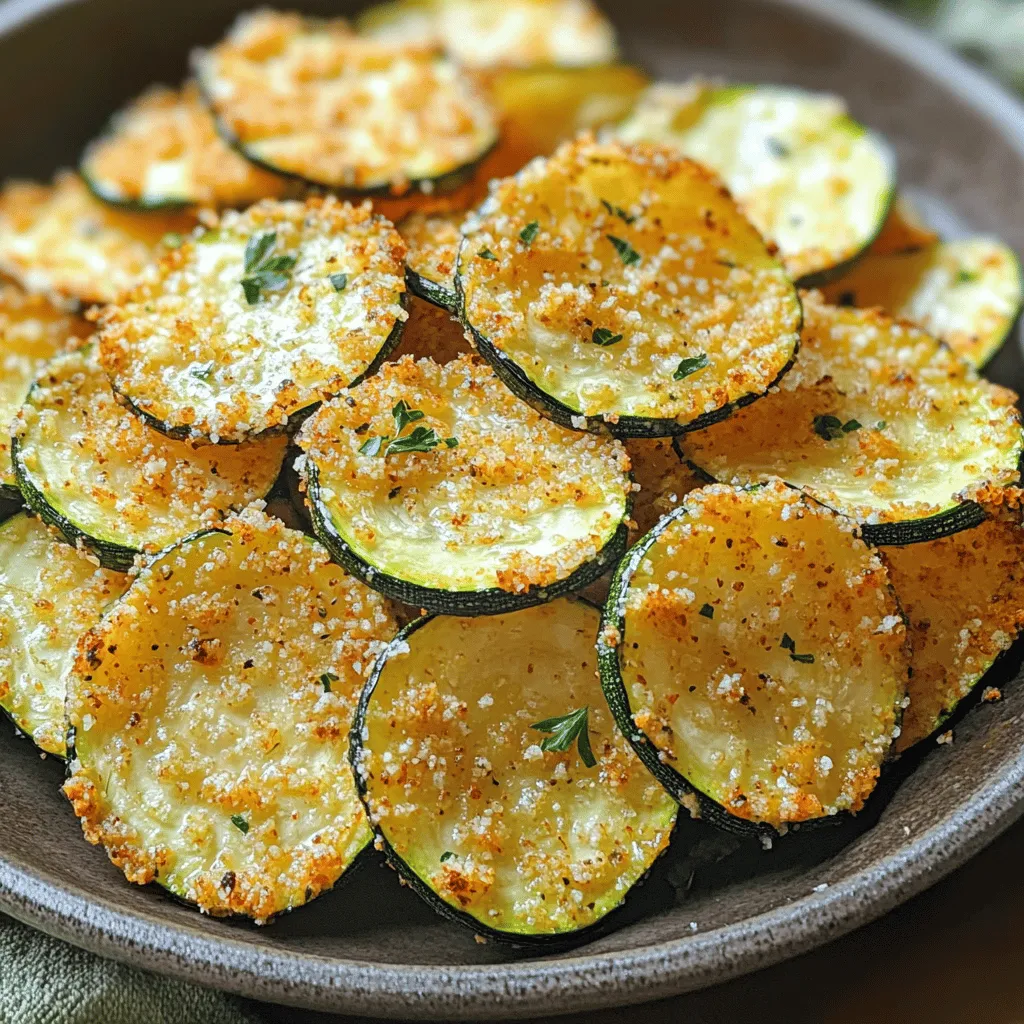
Air Fryer Parmesan Zucchini Chips Crispy and Tasty Snack
Looking for a delicious snack that’s easy to make? You’ll love these Air Fryer Parmesan Zucchini Chips! They’re perfectly crispy, packed with flavor, and a
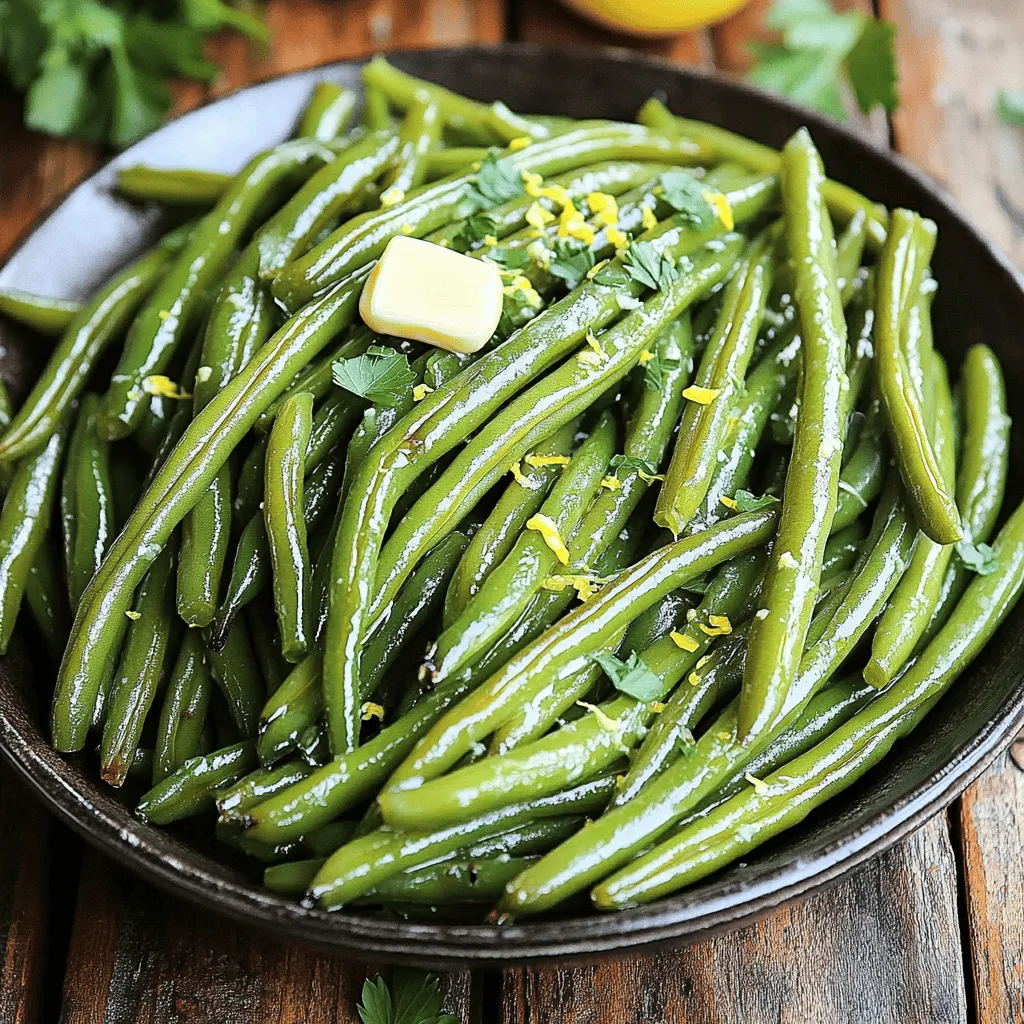
Garlic Butter Air Fryer Green Beans Delicious Recipe
Are you ready to elevate your veggie game? This Garlic Butter Air Fryer Green Beans recipe is simple, fast, and packed with flavor. With just
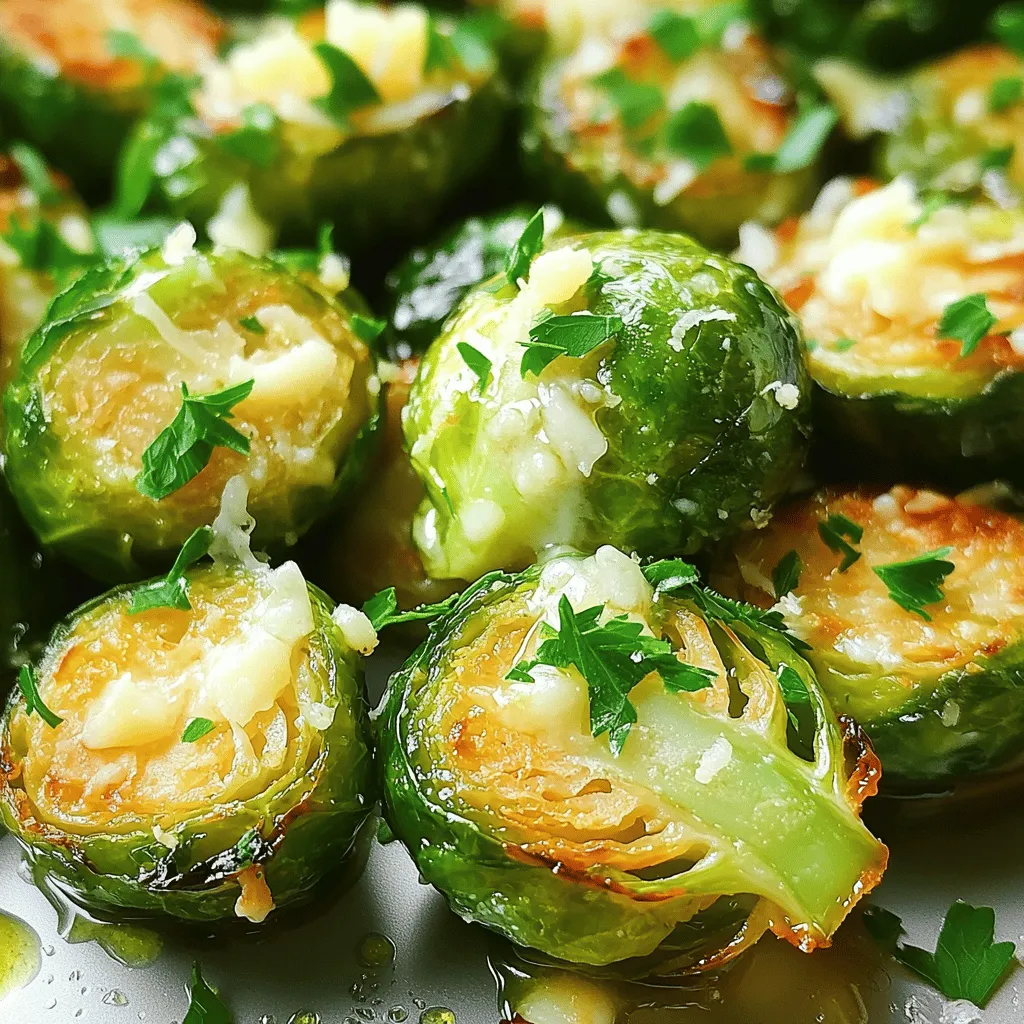
Roasted Garlic Parmesan Brussels Sprouts Delightful Side
Are you looking for a tasty and easy side dish? Roasted Garlic Parmesan Brussels Sprouts combine rich flavors and crunch. These sprouts will steal the
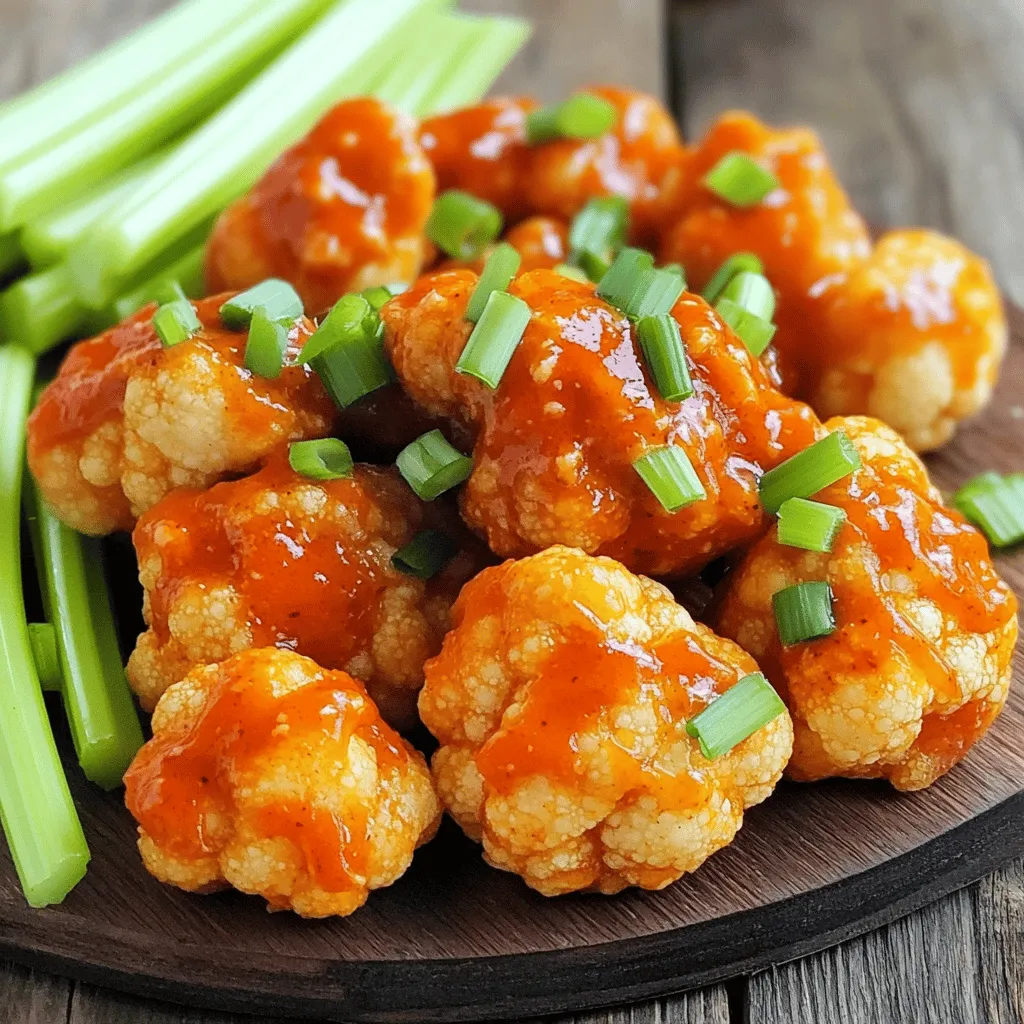
Air Fryer Buffalo Cauliflower Bites Flavorful Delight
Get ready for a tasty treat with these Air Fryer Buffalo Cauliflower Bites! They’re packed with flavor and super easy to make. Whether you’re a
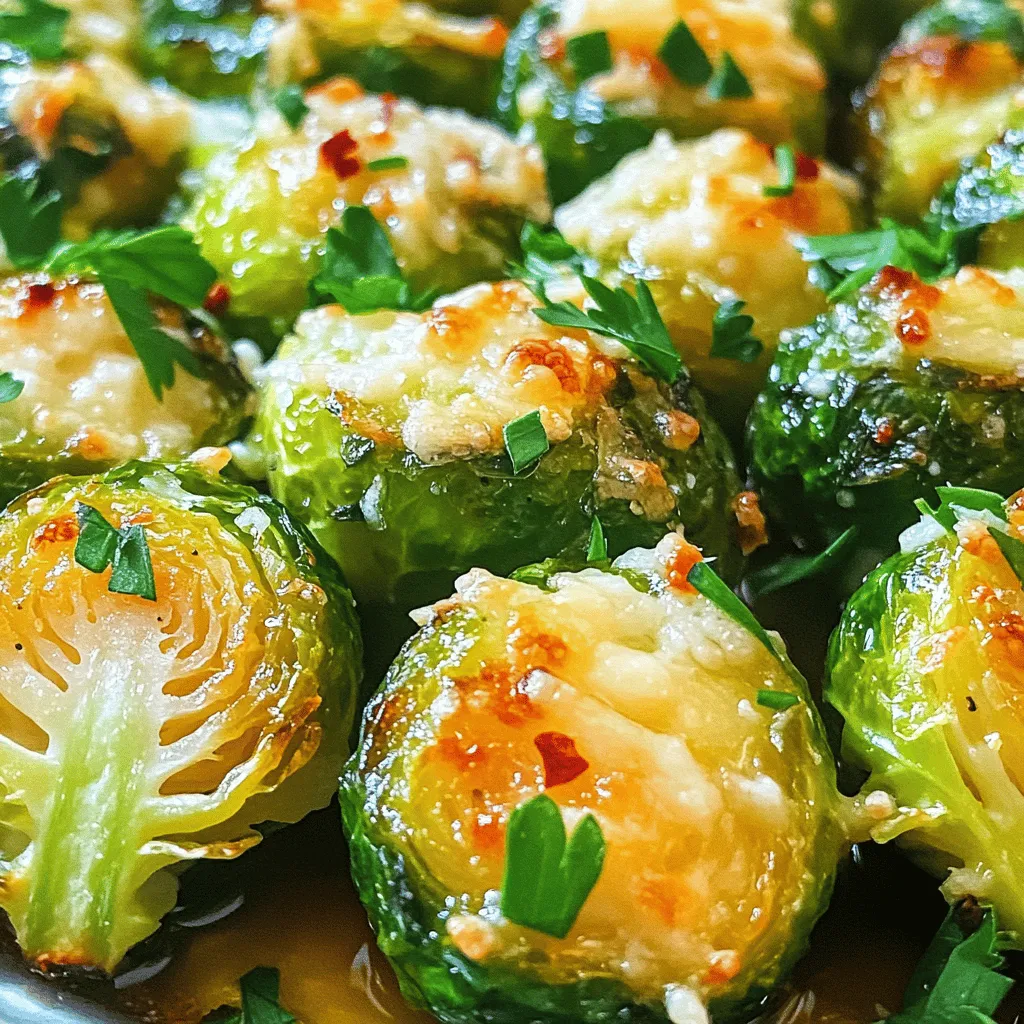
Garlic Parmesan Roasted Brussels Sprouts Recipe Delight
Are you ready to transform Brussels sprouts into a crispy, flavorful delight? In this Garlic Parmesan Roasted Brussels Sprouts Recipe Delight, I’ll show you how
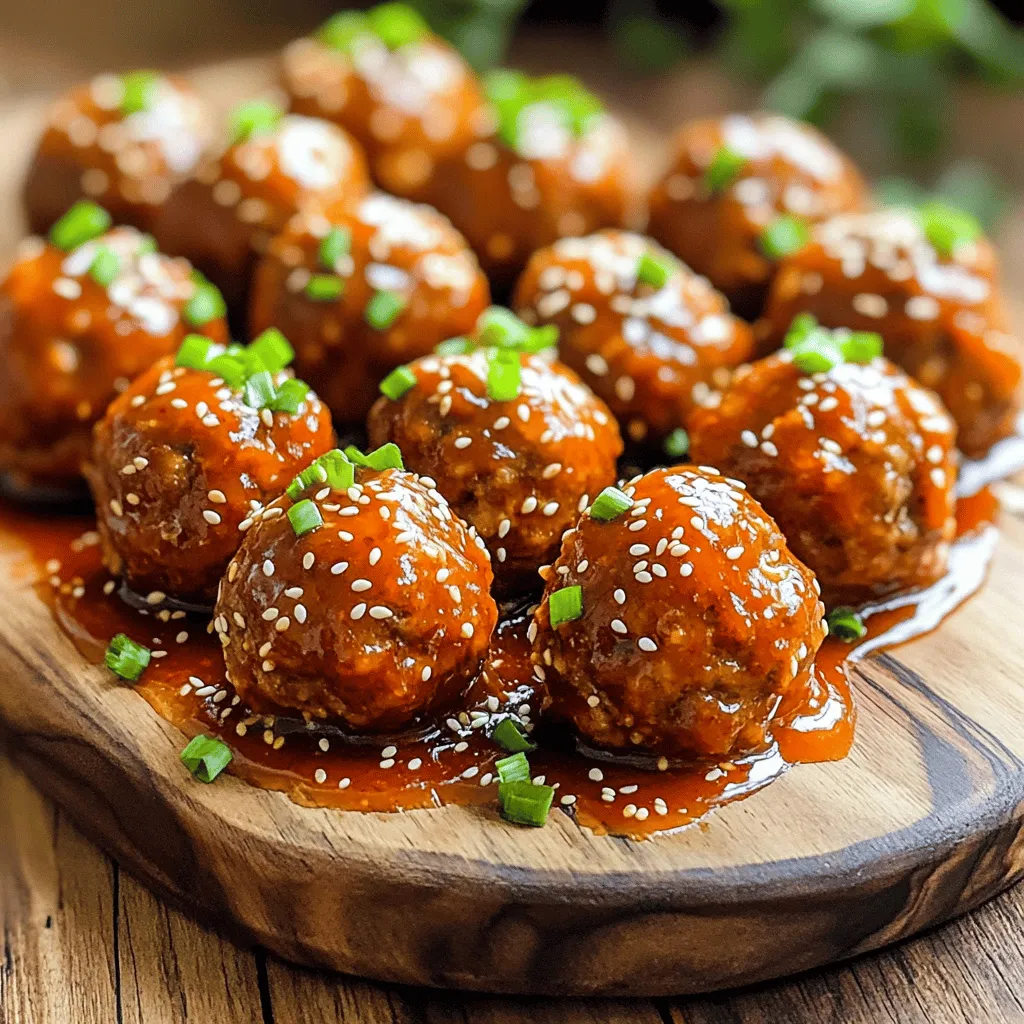
Sweet Chili Crockpot Meatballs Easy Dinner Delight
Looking for an easy dinner that packs a flavor punch? Try my Sweet Chili Crockpot Meatballs! With just a handful of simple ingredients, you can
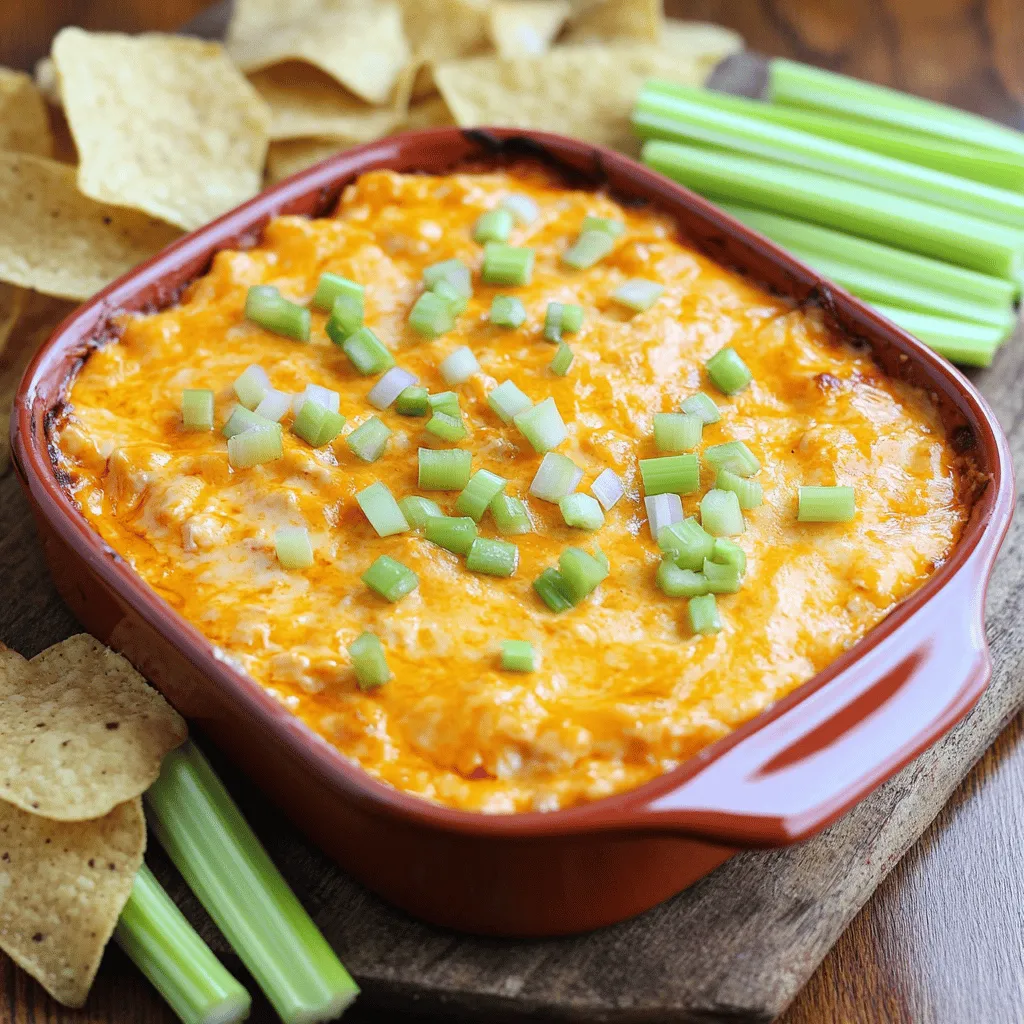
Buffalo Chicken Dip Creamy and Comforting Recipe
Are you ready to dive into the ultimate comfort food? This Buffalo Chicken Dip is creamy, flavorful, and perfect for any gathering. With easy steps
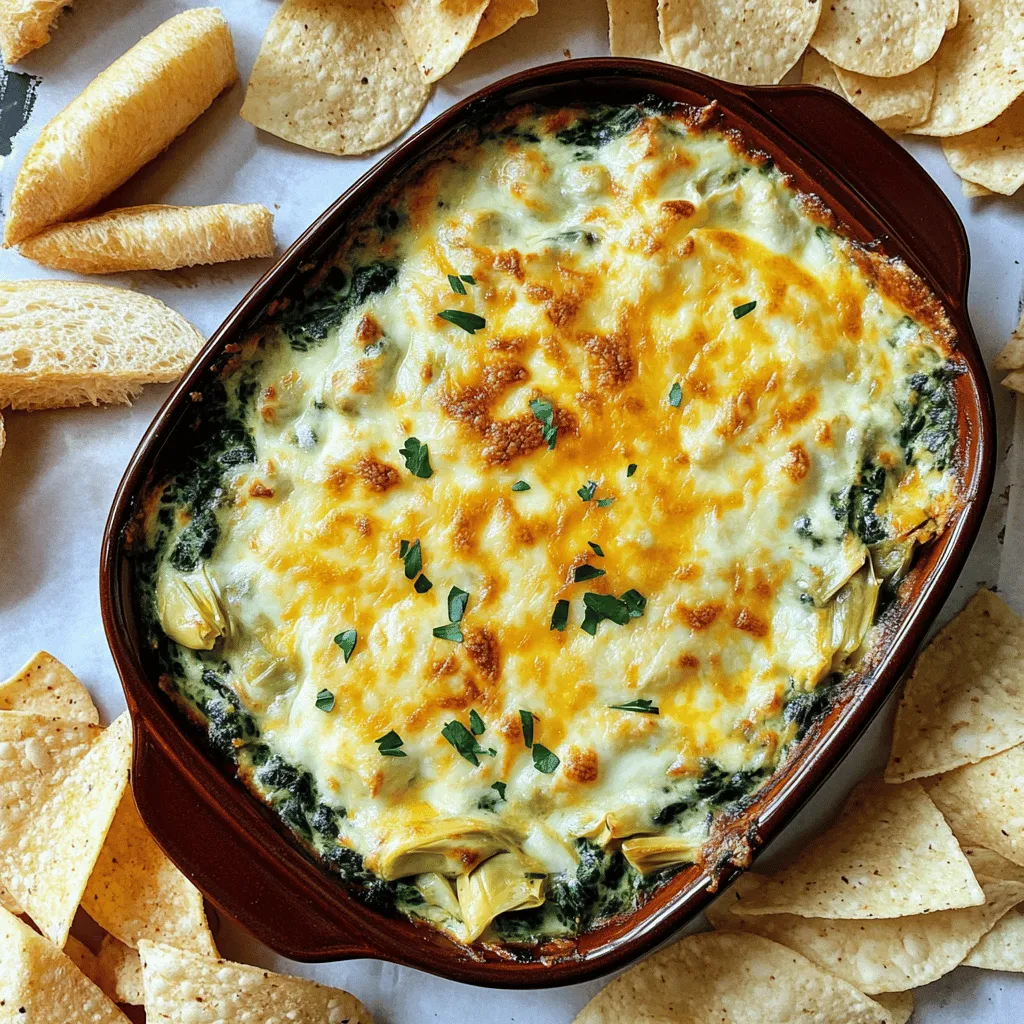
Cheesy Spinach Artichoke Dip Delicious and Simple Recipe
Are you ready to impress your friends with a warm and cheesy delight? This Cheesy Spinach Artichoke Dip is a crowd-pleaser that’s both delicious and
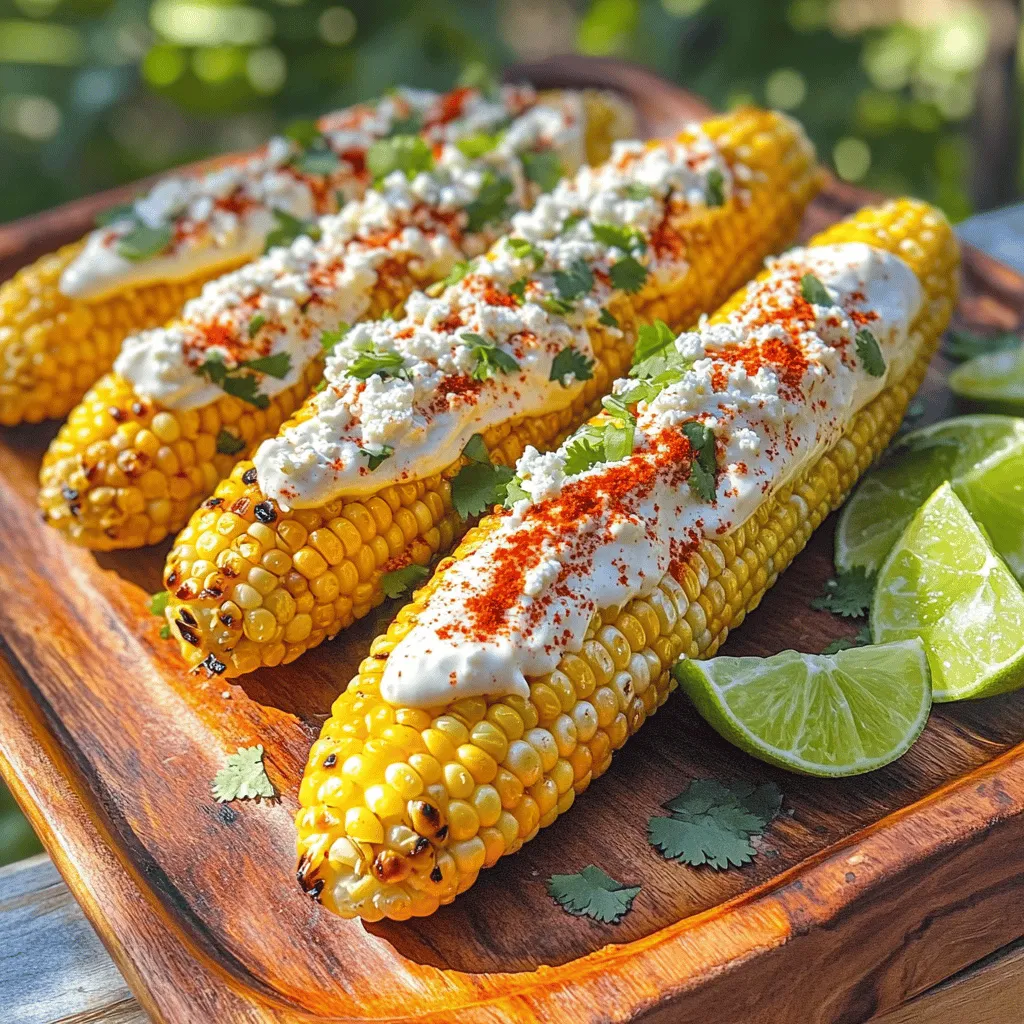
Elote Mexican Street Corn Flavorful and Easy Recipe
Are you ready to elevate your summer cookouts with the bold flavors of Elote? This delightful Mexican street corn is packed with taste and easy